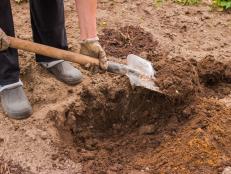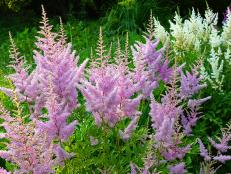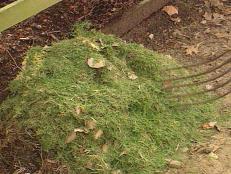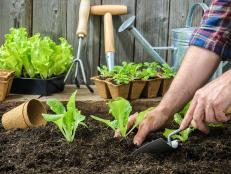1 / 14
Photo: Photo by Felder Rushing
Castor Bean
If you need something to make your landscape really stand out, this list will help. These high-impact perennials offer bold textures, bountiful color and rugged durability. They will make a splash to wake up the neighborhood while addressing those mundane spaces in your garden. Castor bean, for instance offers huge, lobed leaves, interesting ornamental fruits and somewhat showy flowers. It's lush foliage adds a tropical look to temperate gardens. Hardy in zones 9-11, and grown as a warm season annual in cooler regions, it may grow to 10' tall in a single season.












